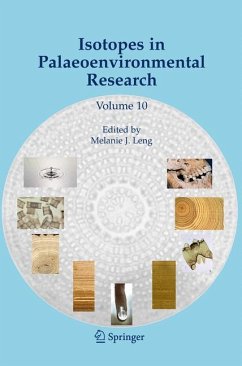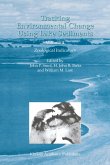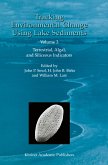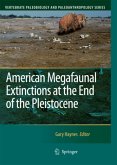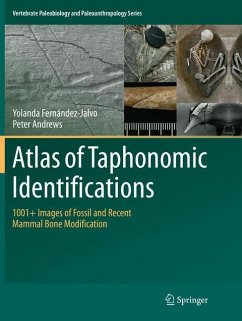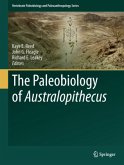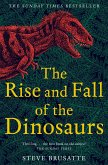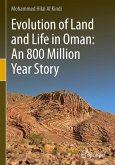This volume is intended to show how stable isotopes can be applied to understanding the palaeoenvironment. There are chapters on the interpretation of isotopes in water, tree rings, bones and teeth, lake sediments, speleothems and marine sediments. Crucial to the understanding of the environmental signal contained within the isotope composition of different materials is to gain more information about how rainfall isotope compositions are determined by climate. Chapter 1 (Darling et al. ) describes O, H and C stable isotope compositions in the modern day water and aqueous carbon cycles to provide a framework for the interpretation of these isotopes in the past. The chapter on the water cycle divides naturally into a number of sections. The starting point, precipitation, is especially important because it is the precursor to which most O and H isotope proxy studies are attempting to relate. While much is understood about the isotope systematics of precipitation, largely owing to the existence of the IAEA- WMO Global Network for Isotopes in Precipitation (GNIP), important questions remain to be answered in relation to the isotope-temperature gradients of past climatic conditions. The chapter describes the three reservoirs of water sustaining all terrestrial proxies; soil and vadose zone moisture, groundwater, and surface waters. In each reservoir isotope effects intervene to modify to a greater or lesser extent the isotope signature of antecedent precipitation; groundwaters are least affected and surface waters the most.
Hinweis: Dieser Artikel kann nur an eine deutsche Lieferadresse ausgeliefert werden.
Hinweis: Dieser Artikel kann nur an eine deutsche Lieferadresse ausgeliefert werden.
From the reviews:
"This 10th volume in Springer's series 'Developments in Palaeoenvironmental Research's intended to show how stable isotopes can be applied to increase the understanding of palaeoenvironments. ... The book has an advanced level, but aims at both students and scientists who are interested in stable isotopes and environmental changes. The readers will find new methodologies and advances regarding isotope analysis for palaeoenvironmental research, and learn the basics on isotope fractionation and transport." (Ms. Yu Xiaoguo, Journal of Sedimentary Research, May, 2007)
"The editor of this volume notes that the intention of this book is to 'show how isotopes can be applied to understanding the paleoenvironment.' With that intension, several key issues should be addressed in each chapter. ... Overall, this book is a useful summary of recent paleo-isotope literature. ... The book focuses on water isotopes, and ... carbon isotopes. ... Isotopes in Palaeoenvironmental Research is aimed at both students and teachers, and as a summary of recent isotope literature it is ... useful to both." (Matt Fischer, EOS, Vol. 88 (7), February, 2007)
"This 10th volume in Springer's series 'Developments in Palaeoenvironmental Research's intended to show how stable isotopes can be applied to increase the understanding of palaeoenvironments. ... The book has an advanced level, but aims at both students and scientists who are interested in stable isotopes and environmental changes. The readers will find new methodologies and advances regarding isotope analysis for palaeoenvironmental research, and learn the basics on isotope fractionation and transport." (Ms. Yu Xiaoguo, Journal of Sedimentary Research, May, 2007)
"The editor of this volume notes that the intention of this book is to 'show how isotopes can be applied to understanding the paleoenvironment.' With that intension, several key issues should be addressed in each chapter. ... Overall, this book is a useful summary of recent paleo-isotope literature. ... The book focuses on water isotopes, and ... carbon isotopes. ... Isotopes in Palaeoenvironmental Research is aimed at both students and teachers, and as a summary of recent isotope literature it is ... useful to both." (Matt Fischer, EOS, Vol. 88 (7), February, 2007)

